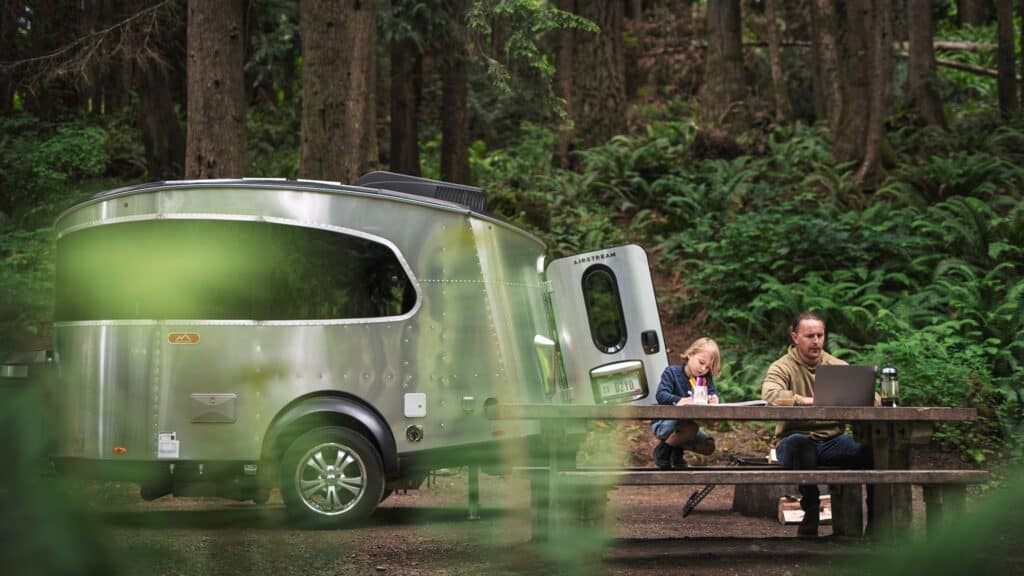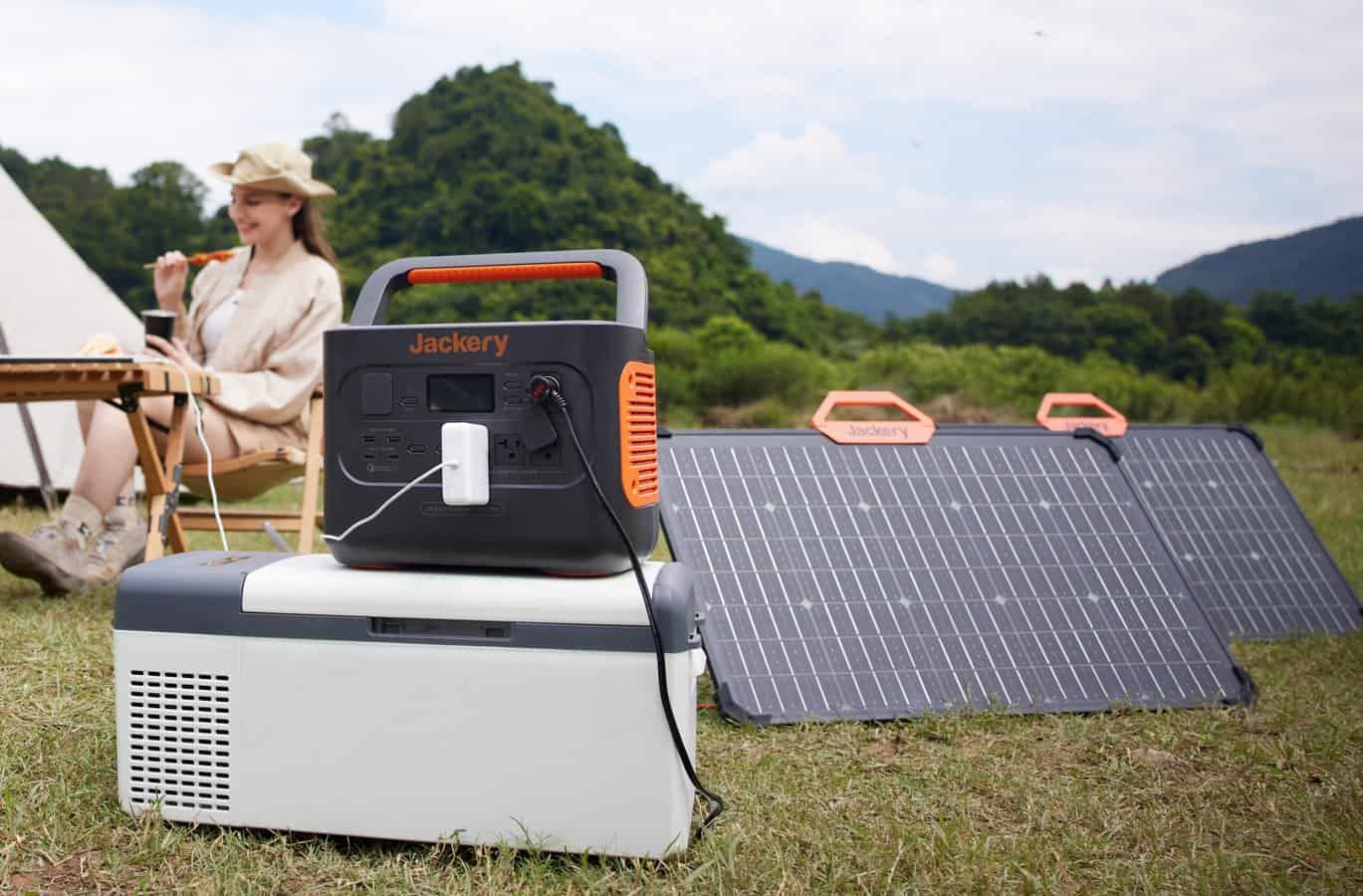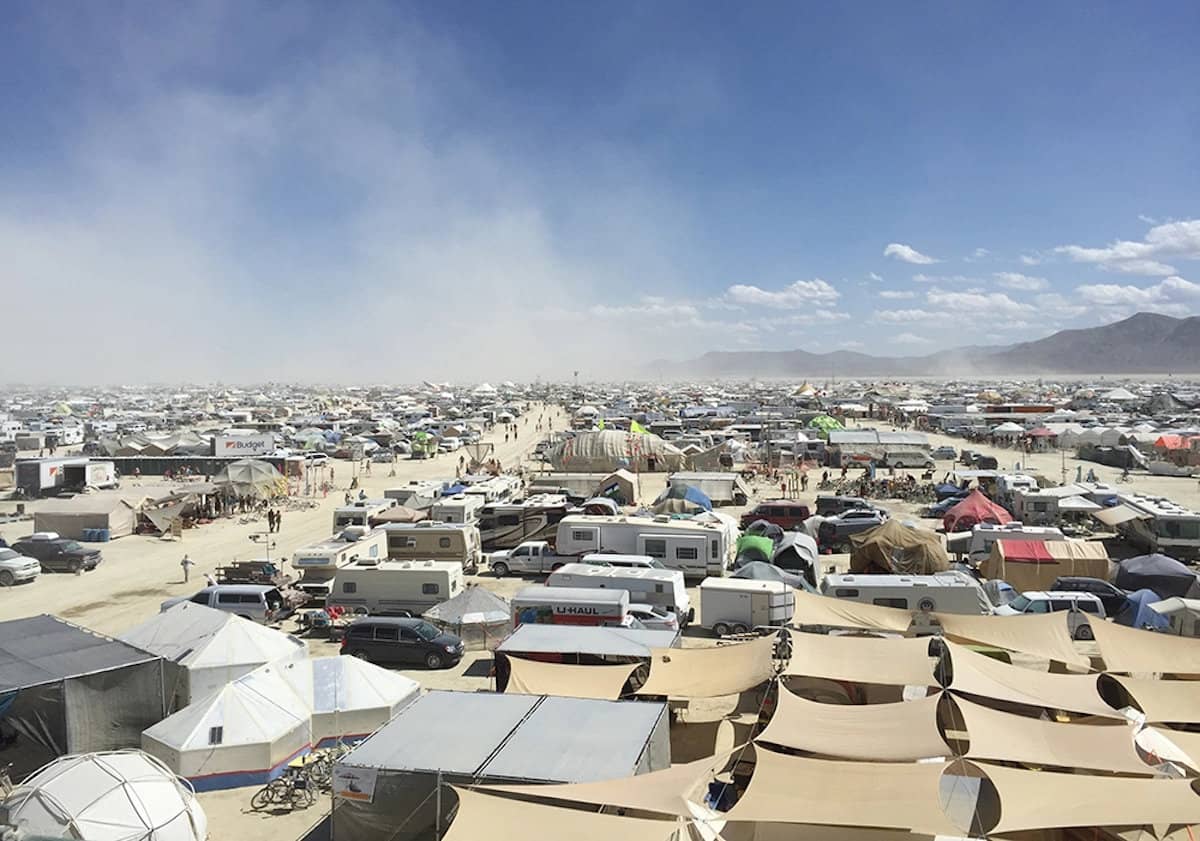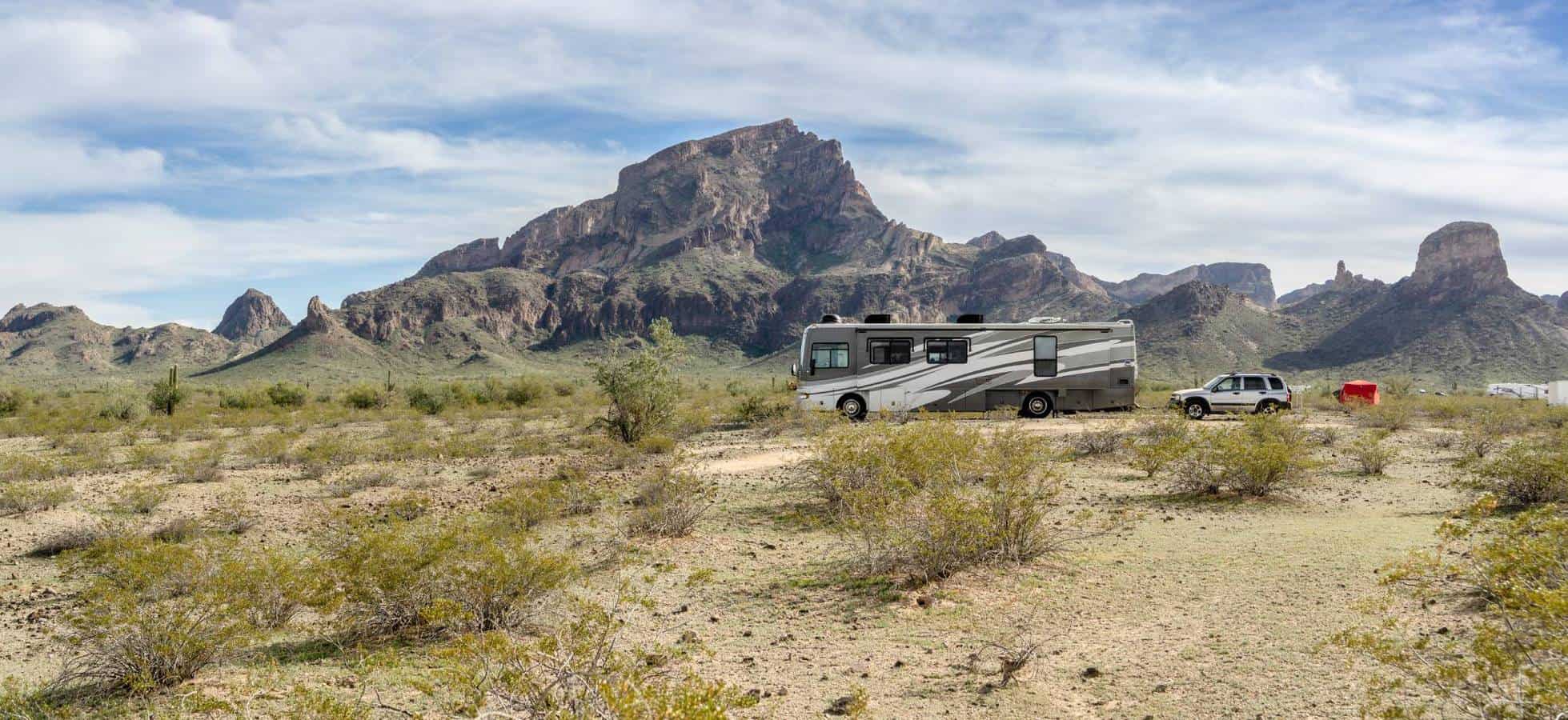
Boondocking vs Campgrounds: Why More RVers Are Going Off-The-Grid
What’s the best way to social distance? Don’t socialize at all! That’s what RVers are doing nowadays, camping in out-of-the-way places for seclusion and serenity.
Despite the unlimited use of RV hookups, like power, water, and sewer disposal, that many campgrounds offer, these locations are becoming too congested for some RVers. Campers are packed in like sardines at some parks. With the coronavirus ever-present and social distancing measures regularly enforced, RVers are forgoing hookups and choosing the middle of the wilderness, miles away from developed campgrounds.
Campgrounds vs boondocking
One would think that all of this free or low-cost wilderness camping would take away business from campgrounds. Will this cause hundreds of RV parks to shut their gates for good?
Whitney Scott, vice president of marketing for Kampgrounds of America (KOA) is not sweating it. “…at some point, boondockers will have to come out of the forest.” She said, “Sooner or later, they’ll want to empty their sewage tanks and do some laundry.”
Many boondocking locations allow campers a 14-day maximum stay before picking up and moving on. After this long of a stay without hook-ups and services, RVers usually need to dump their grey and black tanks, top off their fresh water, fill up with propane, take a nice, long shower, wash clothes, and grab some more food to stock up the fridge. Campgrounds are just the places that provide these essentials.
Boondocking RVs
RV companies, both start-up and traditional alike, are noticing this new trend and taking action. They are making more compact-sized, rugged RVs that are meant to go to more remote locations. The models are designed to handle rough terrain and maneuver around tight spaces like boulders or between trees.
Start-up RV companies
Small start-up companies like Opus, Polydrops, and EarthRoamer have tailored to RV adventurers wanting more off-the-grid experiences. Their pop-ups, teardrops, and Class A models are designed with functional spaces inside and an exterior strength that is both durable and versatile.
Hiker Trailer is an example of these companies that combines compatibility and capabilities to handle rugged terrain. Overland vehicles like Rolling Homes Expedition and EarthRoamer are not as affordable as the Hiker Trailer teardrop, but they have proven to be dependable, long-lasting, heavy-duty units fit to battle the elements and enjoy the ultimate off-grid experience.
Traditional RV companies
Trusted name brands like Winnebago and Airstream are branching out to boondocking enthusiasts with models of their own. Airstream, for instance, recently introduced its latest version of the Basecamp model. Their trailers sit higher up, allowing for more ground clearance and the bulkier tires are meant for uneven terrain.

Luxury RV companies
RV manufacturers are pulling out all the stops when it comes to serving the boondocking community. Boondocking is for everyone, even those who have a taste for sophistication, luxury, and top-of-the-line automation.

Companies like Bowlus Road Chief and Living Vehicle are bringing luxury dwellings to the wilderness. Both RVs are built with enormous power stations that are capable of generating and storing power for several weeks at a time.
Learn more about boondocking
There are so many components that make up boondocking. The act of boondocking is not a one-size-fits-all for RVers. Everyone approaches it a little bit differently. How someone boondocks largely depends on his/her resources, expertise, and size of the pocketbook. (Yes, it can become a very expensive endeavor.)
If you are new to boondocking and want more information on the subject, John Hebard of Hebard’s Travels made a video all about the basics of RV boondocking. He discusses ways to conserve water, power, and even sewage. John also gives tidbits regarding boondocking etiquette.
Dave Helgeson of RV LIFE and Do It Yourself RV has also shared plenty of great guides on boondocking. Check out his guide on What Is Dispersed Camping & Why You Need To Try It. You may also want to consider taking an RV Masterclass on boondocking for more advice from experienced RVers.
Share any questions and concerns with fellow RVers on iRV2 forums and use sources like RV LIFE Trip Wizard to filter out and find boondocking locations with places like the Bureau of Land Management (BLM) and Department of Natural Resources (DNR). If you’d like to know about specific boondocking locations, check out RV LIFE Campgrounds where fellow RVers share their camping experiences at various sites.




